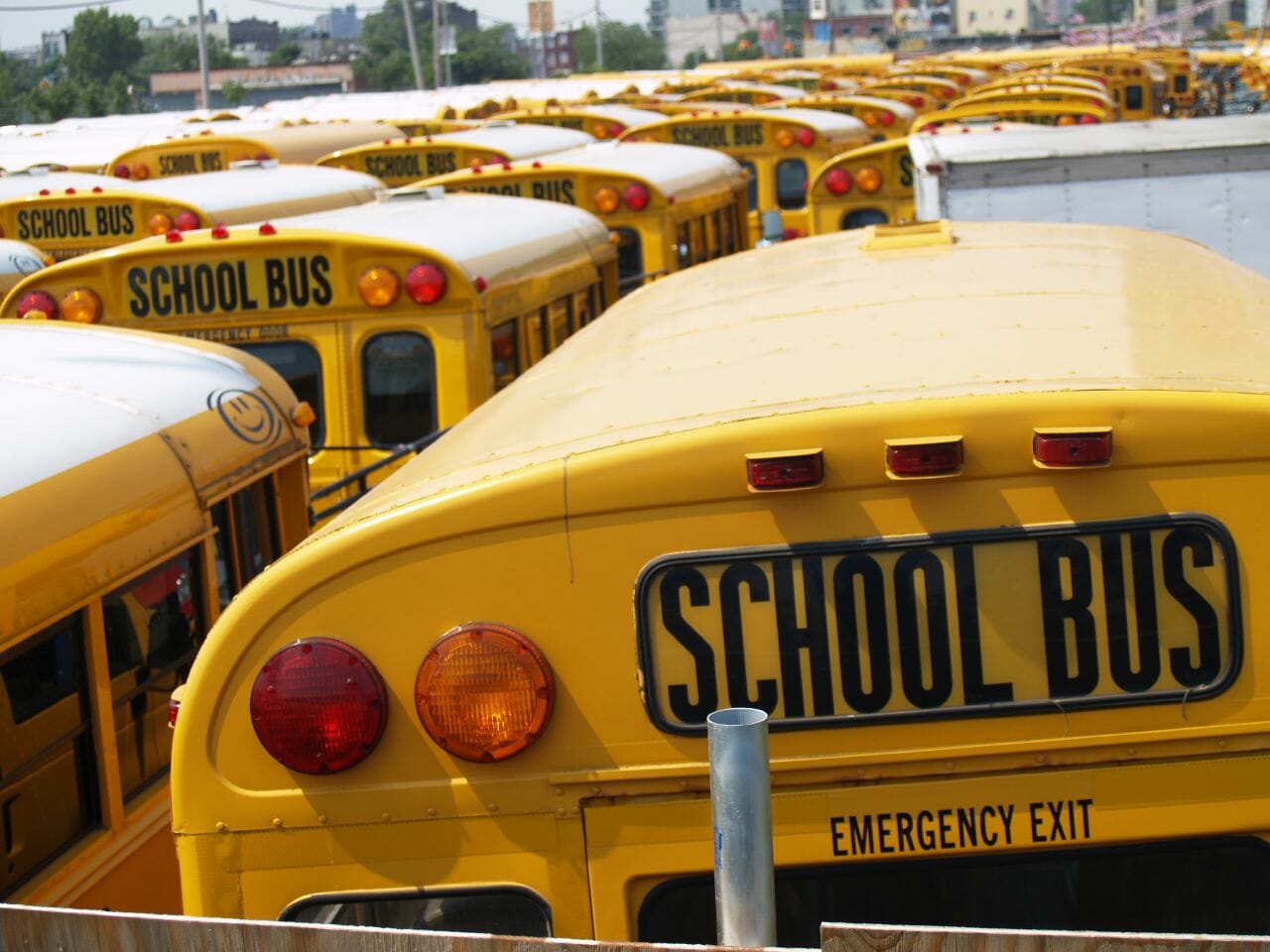Want to know how Nevada schools are doing? Don’t ask the state.

Over the past 18 months, you’ve likely heard conflicting news about how our schools are doing. Reports of “learning loss” contrast with anecdotes of student resilience and growth. But what’s the final ruling? How can the public know the real condition of education here in Nevada? Unfortunately, the answer is unclear. And the problem lies with how we rate schools.
Nevada evaluates school quality through standardized test scores, but recent events have illustrated just how insufficient this method is. Not only have districts struggled with administering tests to distance learning students, teachers also object to the allocation of valuable in-person instruction time to testing. And parents push back against testing that has punitive consequences for their children and schools.
And yet, Nevada still uses standardized test scores to account for up to 90 percent of a school's rating.
Revised in 2017, the Nevada School Performance Framework (NSPF) is the state's school accountability structure which classifies schools within a five-star performance rating system. Current school quality indicators used by the NSPF are incomplete and misleading, establishing ratings based on a small selection of metrics. For elementary schools, nine out of ten indicators are based on standardized test scores. For middle schools, eight out of eleven are based on test results, and high schools, six out of ten.
Not only are schools primarily identified for improvement by test scores, the state also mandates that improvements should be focused on test score growth. Because 90 percent of school evaluations involve these indicators, schools focus on increasing math and English test scores at the expense of all other potential quality indicators.
Student engagement measurements (primarily attendance rates) account for the remaining 10 percent of a school’s rating. Due to this relatively small influence, low scores in student engagement alone can never trigger identification for improvement. In other words, Nevada will never identify a school for improvement if the school continues to achieve high test scores. But ask how many parents would be happy with a school that fails to motivate and engage their children, provided the school was obtaining sufficient test scores?
While test results and attendance can tell us something, student economic class and race affect these numbers significantly. In addition, educational research reveals that standardized tests not only represent a small sample of a student’s comprehensive knowledge, but also do a poor job assessing attributes necessary for success — such as creativity, skillful communication, curiosity and motivation. By focusing inordinately upon student test scores, state and district efforts towards improvement can be wasteful and ineffective.
A fair and balanced measurement of school quality needs to include school characteristics unrelated to student demographics. For example, student achievement is significantly impacted by teacher quality. Nevada already requires districts to collect data on teachers, such as the number of highly qualified educators within a school. And yet, these metrics are not included as part of the NSPF ratings.
Such omissions have a damaging effect, for they undermine funding efforts, misdirecting school reform money. Myopic accountability metrics can limit the state's ability to recognize great educators and schools. During the 2019-20, the Nevada Department of Education allocated $69,937,200 to low-rated schools based on test results. The only way these schools can improve their ratings is to raise test scores. Therefore, it's clear how they must spend the money. It is questionable, though, that all 452 schools need a concentrated focus on English and math test results to improve. But without a holistic set of indicators, the individual needs of each school are subordinated.
One important point to remember is that test scores alone don't tell us what factors cause student success. The NSPF must measure inputs such as class sizes, number of highly qualified teachers, staff turnover rates, student access to PE, libraries, music and art. It's these metrics that will allow districts to direct resources towards specific needs schools may have. Under the Every Student Succeeds Act (ESSA), federal guidelines allow states to pursue more diverse measurements of accountability, focusing less on test score metrics. Several states are improving the way they rate schools in response to this flexibility. Nevada could do so as well.
While the recent influx of federal relief monies and an adjusted school funding formula can provide some respite from financial woes, the Nevada Department of Education will always need to budget reform efforts efficiently and effectively. A complete and accurate rating system of our schools will help to accomplish this.
Nevada needs to move beyond a test-based accountability system. The current system only provides a small sample of what makes a school great. This narrow definition of a "superior" school harms highly rated and lower-rated schools alike. We need a change.
Shelley Buchanan has a Master’s in Education from UNR, and during her career taught in three different Nevada school districts. She writes on education issues at The Culture of Learning, and is a regular contributor to The Human Restoration Project and Teachers on Fire Magazine.
